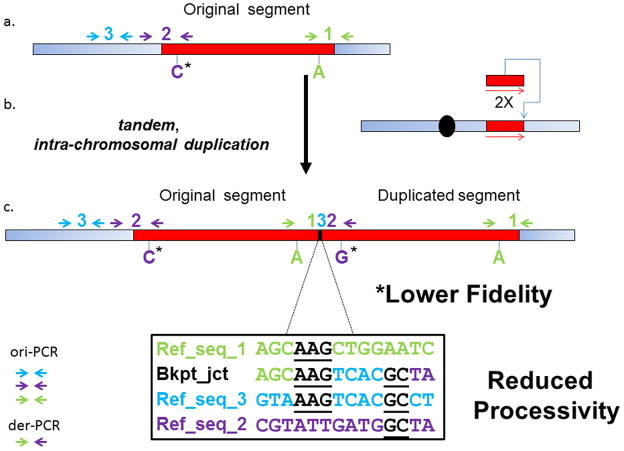Figure 4. Representational figure of the types of mutations that can be observed at and flanking the breakpoint junctions of MECP2 duplications.
a) Wild type Xq28 segment; b) SNP markers and breakpoint junction analysis indicated that duplications involving MECP2 are frequently intrachromosomal head-to-tail duplications; c) Representational genomic structure of the derivative chromosome and the strategies used to uncover the increased mutational load at the breakpoint junctions such as small templated-insertions, frameshifts and point mutations (ori-PCR and der-PCR, please see main text for further details). Templated insertions suggest reduced processivity whereas presence of SNVs suggests lower fidelity of the replicational process. Blue rectangle represents proximal and distal regions flanking the duplication; red rectangle represents the region that will undergo duplication in (b) #1 and #2 represent proximal and distal breakpoints of the duplication; #3 represents a copy of a short local segment inserted at the breakpoint junction of the duplication. Arrows represent forward and reverse primers used to amplify each one of the involved segments in either original or duplicated copy.

